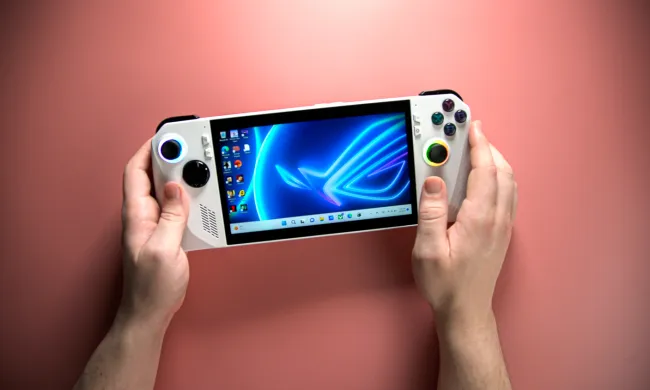Ransomware is quite dangerous, as hackers use it to hold your important files hostage until you pay them a high price. There are many ways to protect yourself against this, but it turns out that Windows 10 has a trick that can allow you to turn on built-in ransomware protection in just a few clicks.
The trick involves just going to your Windows 10 Start Menu and searching for “ransomware protection,” as discovered by PCGamesSN. This will then prompt you to open up the Ransomware protection page in Windows Security. From here, you’re able to toggle a switch for Controlled folder access.

The switch isn’t turned on by default, so you’ll need to turn it on manually if you’re interested in enabling the protection. Microsoft also explains on the settings page that this feature will protect your files, folders, and memory areas on your device from unauthorized changes by unfriendly applications.
In the event that your PC ends up picking up ransomware from a piece of software or a download, Windows Security will alert you. You’ll be able to take an action accordingly.
The folks behind PC Security Channel on YouTube actually showcased this in action, and it works decently, protecting the folders covered by the Windows 10 feature. However, it is important to note that the feature doesn’t always block the ransomware from running itself. It rather blocks the side-effects of it, and other unknown software, from accessing the protected folders you can define through controlled folder access.
In PC Security Channel tests, you can see that some ransomware was able to run, but the files were still accessible to the user after the fact. Some games also might behave oddly if the feature is turned on, too, but certain apps can be exempted at your own discretion.
This all builds on the virus and other threat protection that is built into Windows 10 with Windows Defender. There’s also ransomware protection with OneDrive, too, which lets you back up your important files to the cloud in the event your PC ends up hacked.
Of course, there are free and paid alternatives that can provide protection. We have a list of the best free antivirus software right here.


